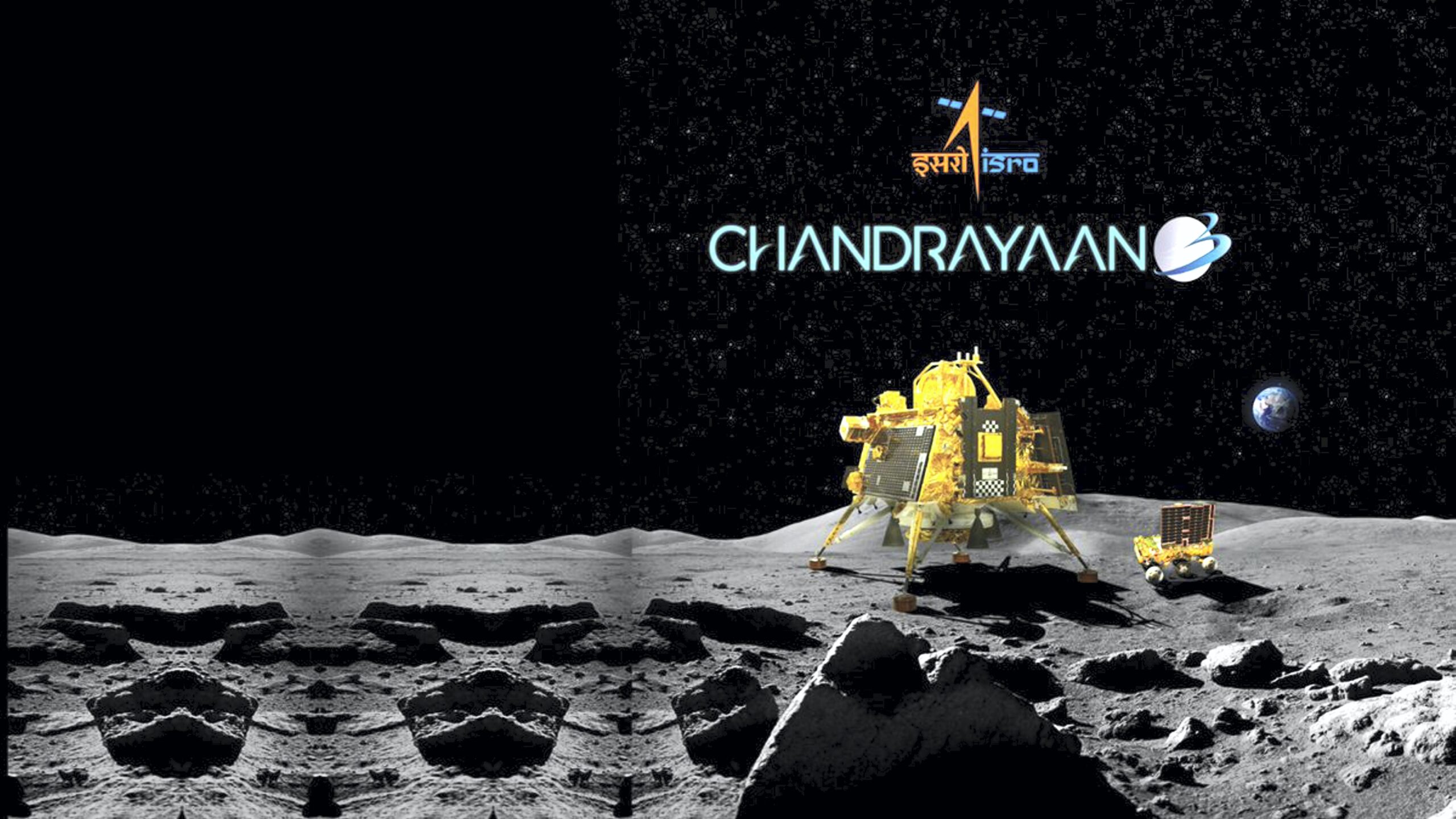India’s Chandrayaan-3 mission has made groundbreaking discoveries about the lunar surface at the Moon’s South Pole, thanks to new data analysis from its Pragyan rover. These findings, which illuminate the distribution and origin of rock fragments in the area, represent a major leap forward in our understanding of lunar geology.
The Pragyan rover, deployed by the Vikram lander after the successful lunar touchdown on August 23, 2023, covered 103 meters on the lunar surface during a single lunar day. According to the findings, the number and size of rock fragments increased as the Pragyan rover navigated 39 meters west of the landing site, known as Shiv Shakti point, a name given by Prime Minister Narendra Modi. The rover’s journey took place in the Nectarian plains region between the Manzinus and Boguslawsky craters, an area of particular interest to scientists. These rock fragments were scattered around the rims, wall slopes, and floors of small craters, each no larger than 2 meters in diameter.
Presented earlier this year at the International Conference on Planets, Exoplanets, and Habitability, the new findings show a notable trend: both the number and size of rock fragments increased as the rover moved about 39 meters westward from its landing site. Two rock fragments discovered during the Chandrayaan-3 mission exhibited signs of degradation, indicating that they have undergone space weathering. These observations support previous studies suggesting a gradual coarsening of rock fragments within the lunar regolith.
The new discoveries from Chandrayaan-3 will inform strategies for potential resource utilization on the Moon, providing critical insights for future missions.
The Chandrayaan-3 mission marked a significant milestone for India, as it became the first country in the world to achieve a soft landing at the lunar South Pole and the fourth country to soft-land a spacecraft on the Moon, following the Soviet Union, the United States, and China.




















